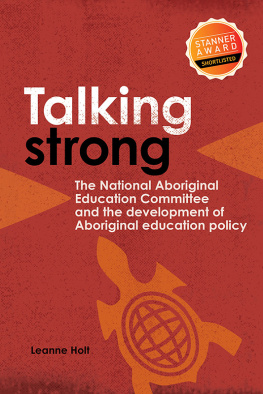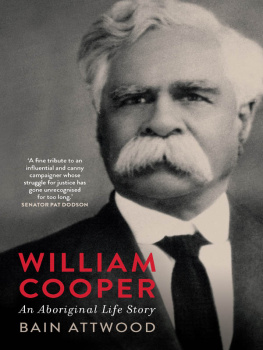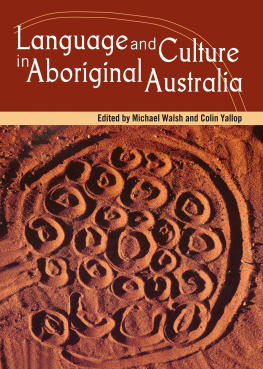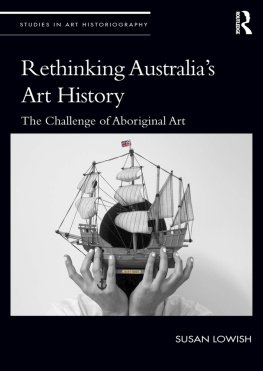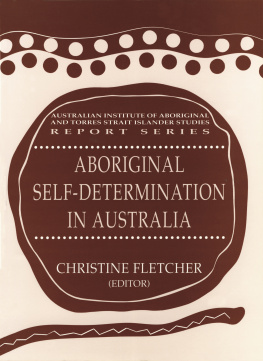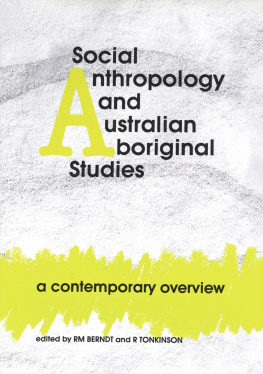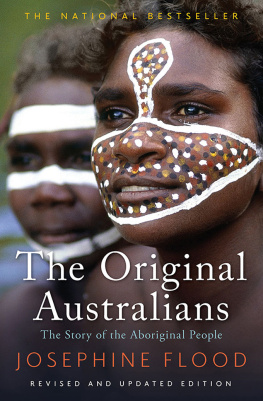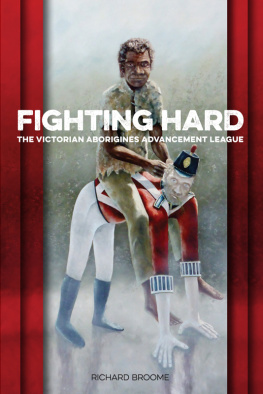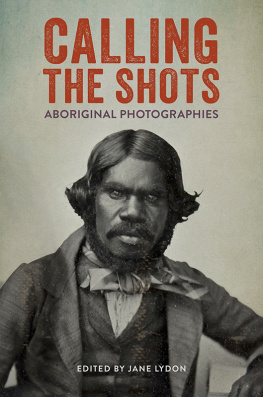Terrible Hard Biscuits
First published 1996 by Allen & Unwin
Published 2020 by Routledge
2 Park Square, Milton Park, Abingdon, Oxon OX14 4RN
605 Third Avenue, New York, NY 10017
Routledge is an imprint of the Taylor & Francis Group, an informa business
Editorial arrangement and introduction copyright Valerie Chapman and Peter Read, 1996
Copyright in individual chapters remains with the authors
All rights reserved. No part of this book may be reprinted or reproduced or utilised in any form or by any electronic, mechanical, or other means, now known or hereafter invented, including photocopying and recording, or in any information storage or retrieval system, without permission in writing from the publishers.
Notice:
Product or corporate names may be trademarks or registered trademarks, and are used only for identification and explanation without intent to infringe.
National Library of Australia
Cataloguing-in-Publication entry:
Terrible hard biscuits: a reader in Aboriginal history
Includes index.
ISBN 1 86373 964 5.
1. Aborigines, AustralianHistory 2. Aborigines,
AustralianHistoriography I. Read, Peter, 1945- .
II. Chapman, Valerie C. 1929- .
994.00449915
Set in 11/13.5 Galliard by DOCUPRO, Sydney
ISBN-13:9781863739641 (pbk)
Contents
Isabel McBryde
Henrietta Fourmile
Bob Reece
Isabel McBryde
Philip Clarke
Lyndall Byan
Richard Baker
Heather Goodall
Peter Read
Bowman Johnson talks to Andrew Markus
Elspeth Young
Scott Robinson
Richard Baker has a long association with the Borroloola Aboriginal community, having worked with them on a variety of historical and land management projects. He lectures in the Geography Department, School of Resource and Environmental Management at the Australian National University
Valerie Chapman trained in prehistory She was the Director of the Library of the Australian Institute of Aboriginal and Torres Strait Islander Studies until she retired in 1992.
Philip Clarke is Curator of Anthropology at the South Australian Museum in Adelaide. His PhD research was in the field of social anthropology and cultural geography, focussing on Aboriginal relationships to the Lower Murray landscape of South Australia. He is presently working on a project documenting Aboriginal secret sacred objects across Australia.
Henrietta Fourmile spent three years as the Coordinator of the Aboriginal and Torres Strait Islander Centre at the Cairns Campus of James Cook University She is now working as a consultant and director of Bukal Consultancy Services in Cairns, and is also pursuing further studies in environment and local government law at Macquarie University
Heather Goodall is Senior Lecturer in Applied and Public History at the University of Technology, Sydney She conducted research into early twentieth-century Aboriginal history in New South Wales, and into central Australian history for the Pitjantjatjara Council. She has taught at Tranby College, Sydney, and is currently teaching and developing interactive multimedia programs in collaboration with New South Wales Aboriginal communities.
Bowman Johnson is an elder of the Cherbourg Aboriginal community
Isabel McBryde has recently retired from the Chair of Archaeology in The Faculties, Australian National University She began her career as a classical historian but early on developed interests in prehistoric archaeology, especially that of the Aboriginal past. The nexus between ethnohistory and archaeology she finds a particular challenge in Australian archaeology She is currently researching the ethnohistory and archaeology of exchange in southeastern Australia.
Andrew Markus is Associate Professor and Head of the Department of History at Monash University His publications include Blood From a Stone: William Cooper and the Australian Aborigines League and Australian Race Relations 17881993. His current research projects include a regional study of the postwar immigrant experience.
Peter Read is an Australian Research Fellow at the Department of History, The Faculties, Australian National University He is the author of several works on Aboriginal history, including Charles Perkins: A Biography. He is currently studying the relationship between Australians and places which are of significance to them.
Bob Reece is Associate Professor in History at Murdoch University He published Aborigines and Colonists in 1974. Together with Diane Barwick, he was a founder of the journal Aboriginal History. Since joining Murdoch University in 1978, he has published several articles on Swan River Aboriginal history, and contributed a number of articles to the Encyclopaedia of Aboriginal Australia.
Scott Robinson recently completed an MA in history at the Australian National University on the Tent Embassy in Canberra. He died tragically in 1994.
Lyndall Ryan is Reader in Womens Studies at Flinders University. She is the author of The Aboriginal Tasmanians and is currently working on a new edition of this work.
Elspeth Young is Reader in the National Centre for Development Studies, Australian National University She has worked for many years on issues of socio-economic transformation in remote Aboriginal communities, including the recognition of traditional land tenure and management.
Captain Cook by Roland Robinson from The Nearest the White Man Gets: Aboriginal Narratives and Poems of NSW collected by Roland Robinson, Sydney: Hale & Iremonger, 1989, reproduced with permission; Son of Mine and extract from IntegrationYes! by Oodgeroo of the tribe Noonuccal (formerly known as Kath Walker) from My People, 3rd edn, Milton, QLD: Jacaranda Press, 1990, reproduced with permission; extract from Two Dreamtimes by Judith Wright from her Collected Poems, Sydney; HarperCollins, reproduced with permission.
The essays in this book originally appeared in the journal Aboriginal History with the following publication date, volume and issue number. 1994, 18:1.
In this collection of articles from the journal Aboriginal History we want to introduce a wider readership to the journals contribution to knowledge of the history of Australian Aboriginal people, particularly since 1788.
Selecting eleven papers from about two hundred published since volume 1 appeared in 1977 was not an easy task and we regret having to exclude linguistic material in particular, mainly because of its more technical nature. We aimed to choose papers which:
- presented materials not widely known;
- included Aboriginal peoples accounts of their experiences;
- dealt with events in widely separated parts of the continent;
- together presented a progression in time through two hundred years since the European invasion.
We hope the book will give the general reader an idea of the complex history of Aboriginal peoples responses to invasion and of their cultural survival in the face of loss of land and community, murder, exploitation and neglect, and pervasive racism.


